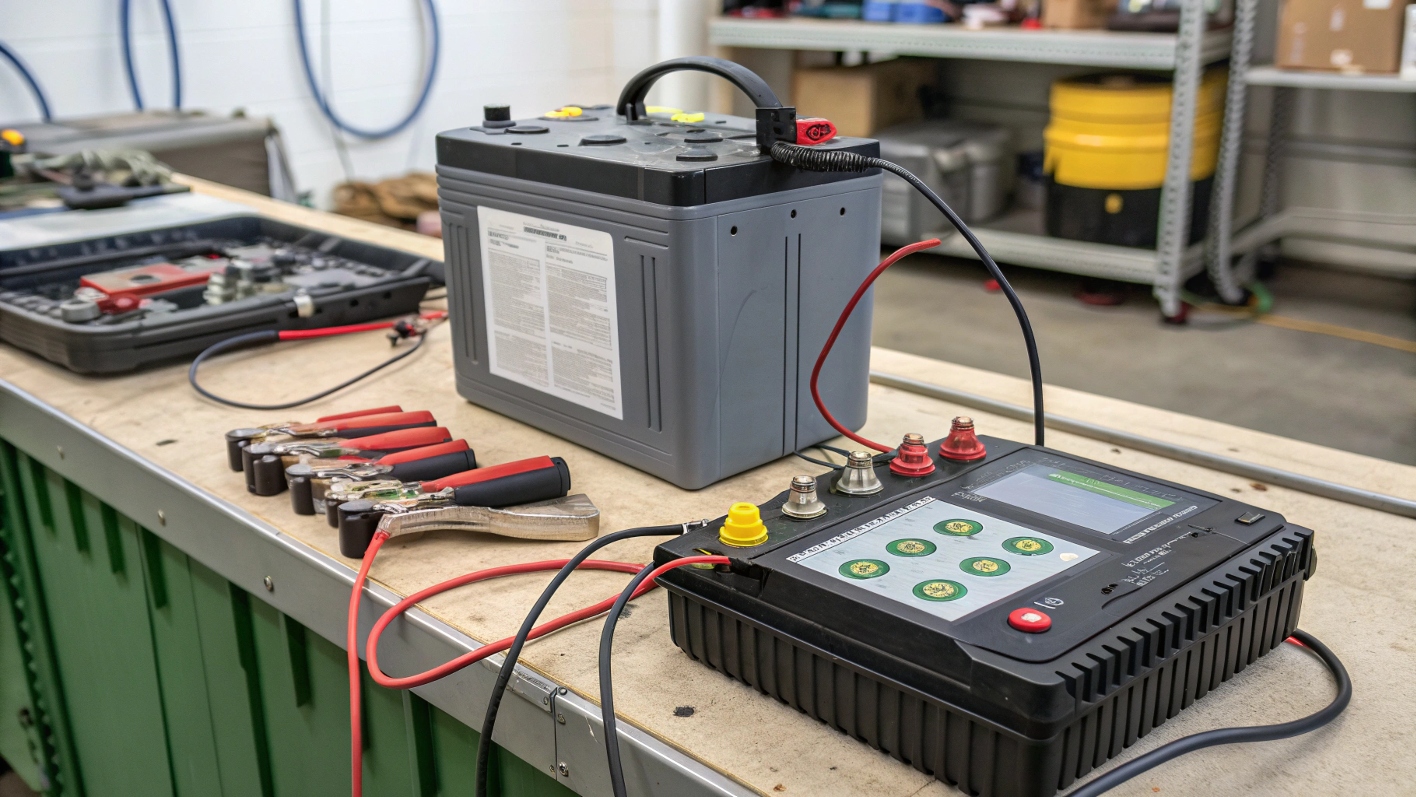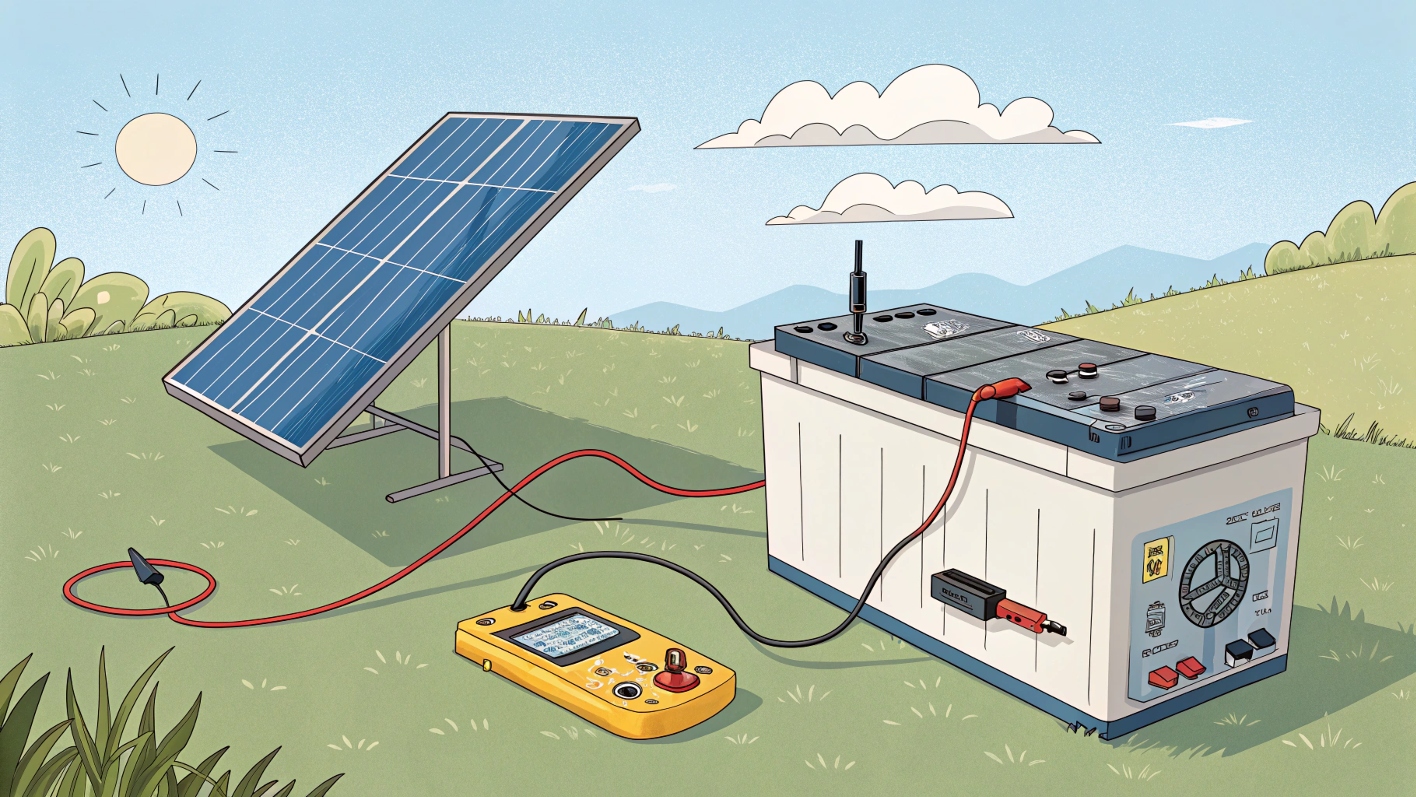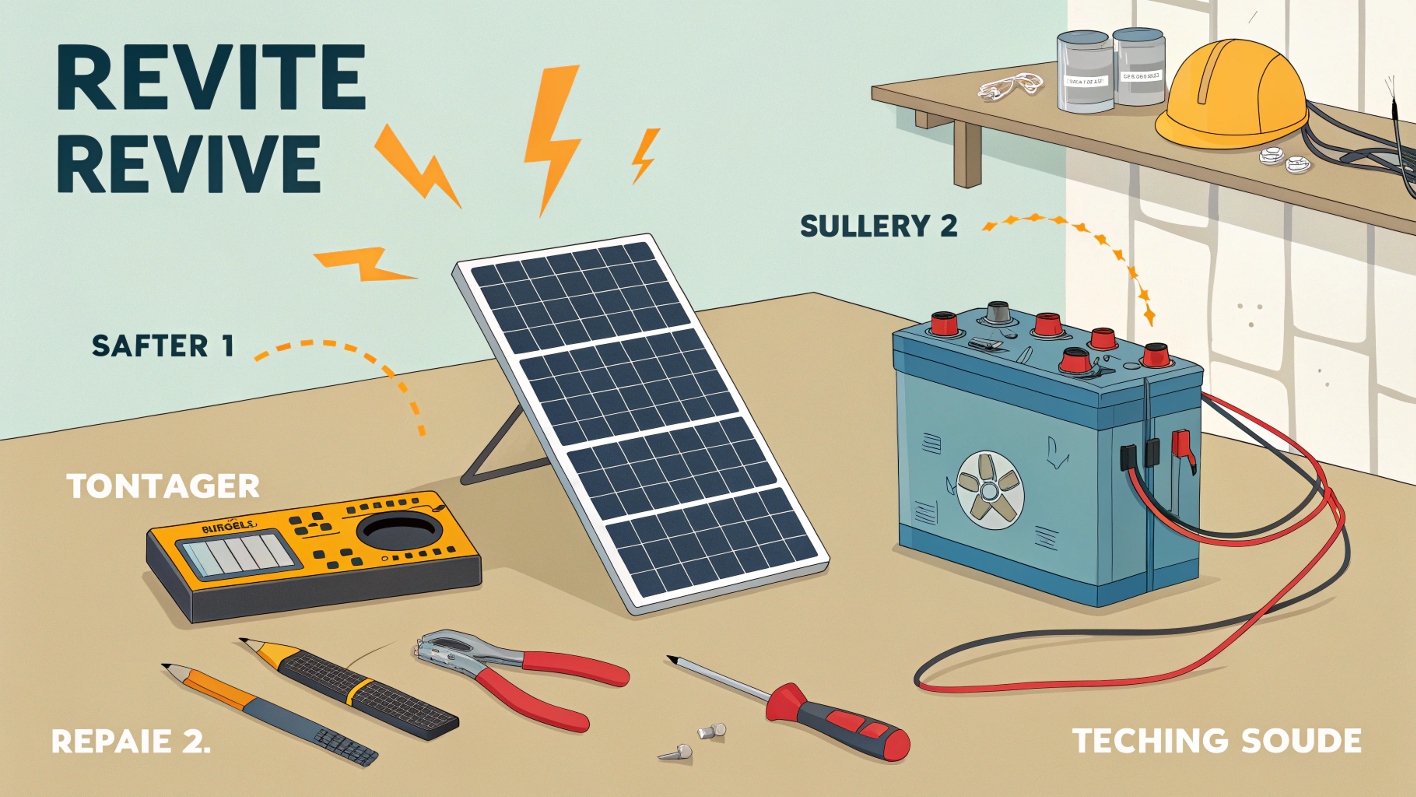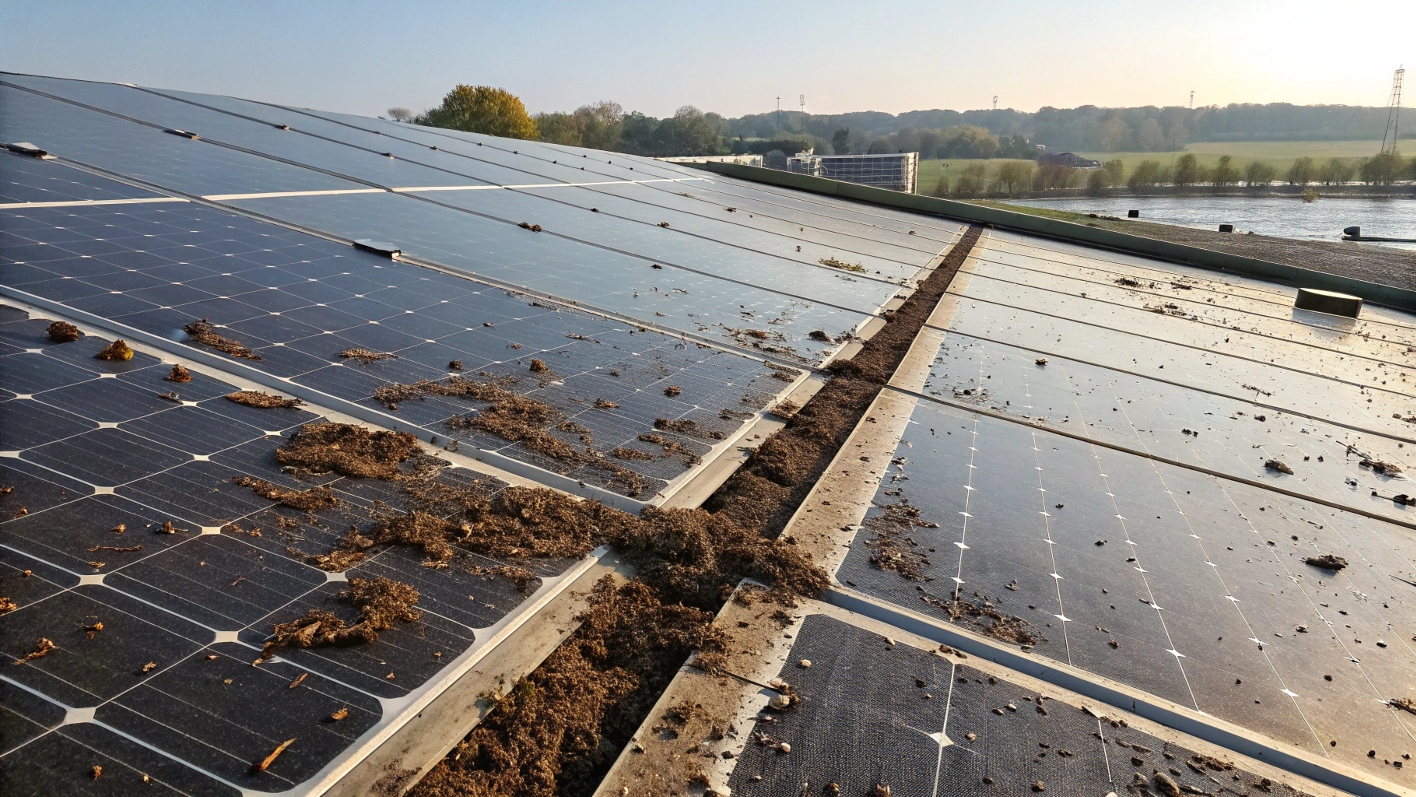如何恢复我的太阳能电池电流?
如果你 太阳能电池 没有负责或似乎失去了容量, 可能可以恢复其性能. 恢复太阳能电池的一种常见方法是均衡充电, 这有助于分解硫酸盐晶体并改善电池性能. 以下是恢复太阳能电池充电的步骤和其他注意事项.
1. 均衡充电
均衡充电 是一个过程,您将电池稍微充电以分解 硫酸盐晶体 可以在铅酸电池的板上形成. 这对于 铅酸 和 AGM电池 那些正在遭受 硫酸盐.
均衡充电步骤:
将电池连接至充电器:
使用 优质电池充电器 适合您的电池类型.将电压设置为高于正常电压:
将电压提高到略高于电池的正常充电水平 (通常 10-15% 更高). 例如, 对于 12V铅酸蓄电池, 你可以将电压增加到大约 15V-15.5V 用于均衡.监控电压:
充电过程中定期检查电池电压,确保其不超过制造商建议的水平. 过度充电 可能会损坏电池.收费 1-3 小时:
让电池在此较高电压下充电 1-3 小时, 取决于电池的状况. 检查 比重 (SG) 定期对细胞进行. 什么时候 SG达到 1.270 或更高 跨所有细胞, 您可以恢复正常充电.- 提示: 如果所有电池都平衡且 SG 一致, 均衡过程已经成功, 您可以回到标准费用.
2. 检查和维修连接
连接差可以降低充电效率, 因此,请务必检查电池连接状况良好.
要检查什么:
- 电线和连接器: 确保 所有连接 干净, 紧的, 没有腐蚀.
- 终端: 检查终端是否有任何腐蚀迹象,并用混合物清洁 小苏打和水 如果需要的话.
- 更换损坏的连接: 应更换任何损坏或破旧的连接,以确保适当的能量流并防止系统效率低下.
3. 升级您的太阳能控制器
如果您正在使用 脉冲宽度调制 (PWM) 充电控制器, 它可能不会从您的太阳能电池板中提取最大能量. 升级到一个 最大功率点跟踪 (MPPT) 电荷控制器可以显着提高效率, 特别是在弱光条件下, 并改善电池充电.
- MPPT与PWM:
- MPPT控制器 跟踪 最大功率点 您的太阳能电池板以提取最大的动力, 特别是当阳光有限时.
- PWM控制器 更简单,更便宜, 但是,当太阳能电池板电压显着超过电池电压时,它们可能不会有效.
升级到一个 MPPT控制器 可以显着变化, 特别是如果您的系统正在努力有效地为电池充电.
4. 其他考虑因素
清洁太阳能电池板
你的污垢和碎屑 太阳能板 可以通过阻断阳光来降低效率. 定期清洁面板以保持最佳性能和能源发电.
面板方向
确保您的太阳能电池板适当定向并面对 太阳. 用于固定安装, 确保倾斜角度在一年中的时间最佳以最大程度地曝光.
电缆量表
如果您使用的是从太阳能电池板到电池的长电缆, 考虑用一个代替它们 较大的量规线 减少 电压降. 这可以提高充电效率并有助于防止快速排水.
负载管理
尝试最大程度地减少白天的功耗,以使电池充分充电. 如果您依靠太阳能来尤其重要 离网 生活或 备用电源.
电池救生员 (BLS)
如果你有一个 电池救生员 (BLS) 或者 去硫酸, 该设备可以帮助 骑自行车 (充电和放电) 电池, 逐渐将硫酸盐晶体溶解在电池板上. 它可以提高整体容量和寿命 铅酸电池.
5. 关于脱硫的重要说明
- 硫酸盐 是一个普遍的问题 铅酸电池 在哪里 硫酸盐晶体 在电池板上积聚. 当电池经常发生时,会发生这种情况 收费不足 或留在释放状态太久.
- 脱硫 可以有效恢复一些损失的能力, 但是,如果电池严重损坏或旧, 否定可能无法完全解决该问题.
电池类型的注意事项
恢复电池的方法取决于电池类型:
- 铅酸: 均衡充电和脱硫技术最有效 铅酸 和AGM电池.
- 磷酸铁锂 (铁磷酸锂): 锂电池通常不会遭受硫酸的困扰, 应该避免收费过度. 如果LifePo4电池排出太快, 检查电荷控制器设置, BMS (电池管理系统), 并确保电池没有过度电荷.
6. 安全
试图恢复太阳能电池时, 始终优先 安全:
- 避免过度充电: 切勿让电压超过制造商的建议水平,以防止 损坏或过热.
- 通风: 如果您要充电或均衡,请确保适当的通风 铅酸电池 防止汽油积聚.
- 咨询专业人士: 如果您不确定任何步骤或者您的电池仍然无法保持电量, 考虑咨询 太阳能安装专业 寻求帮助.
结论

恢复未充电的太阳能电池通常需要结合均衡充电, 检查连接, 并利用 MPPT 控制器优化充电系统. 定期保养, 适当的储存, 仔细管理太阳能电池板的性能对于确保太阳能电池的寿命和有效性也起着至关重要的作用.
有关维护您的设备的更多提示 太阳能电池系统 或探索我们的 太阳能电池 和充电控制器, 联系我们的团队或浏览我们的产品选择.



